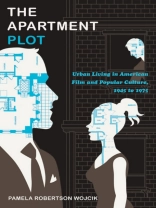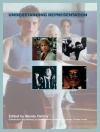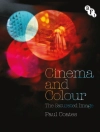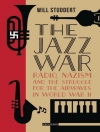Rethinking the significance of films including Pillow Talk, Rear Window, and The Seven Year Itch, Pamela Robertson Wojcik examines the popularity of the "apartment plot, " her term for stories in which the apartment functions as a central narrative device. From the baby boom years into the 1970s, the apartment plot was not only key to films; it also surfaced in TV shows, Broadway plays, literature, and comic strips, from The Honeymooners and The Mary Tyler Moore Show to Subways are for Sleeping and Apartment 3-G. By identifying the apartment plot as a film genre, Wojcik reveals affinities between movies generally viewed as belonging to such distinct genres as film noir, romantic comedy, and melodrama. She analyzes the apartment plot as part of a mid-twentieth-century urban discourse, showing how it offers a vision of home centered on values of community, visibility, contact, mobility, impermanence, and porousness that contrasts with views of home as private, stable, and family-based. Wojcik suggests that the apartment plot presents a philosophy of urbanism related to the theories of Jane Jacobs and Henri Lefebvre. Urban apartments were important spaces for negotiating gender, sexuality, race, and class in mid-twentieth-century America.
Wojcik Pamela Robertson Wojcik
Apartment Plot [PDF ebook]
Urban Living in American Film and Popular Culture, 1945 to 1975
Apartment Plot [PDF ebook]
Urban Living in American Film and Popular Culture, 1945 to 1975
Acquista questo ebook e ricevine 1 in più GRATIS!
Lingua Inglese ● Formato PDF ● Pagine 311 ● ISBN 9780822392989 ● Casa editrice Duke University Press ● Pubblicato 2010 ● Scaricabile 3 volte ● Moneta EUR ● ID 6799250 ● Protezione dalla copia Adobe DRM
Richiede un lettore di ebook compatibile con DRM












